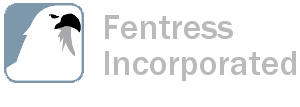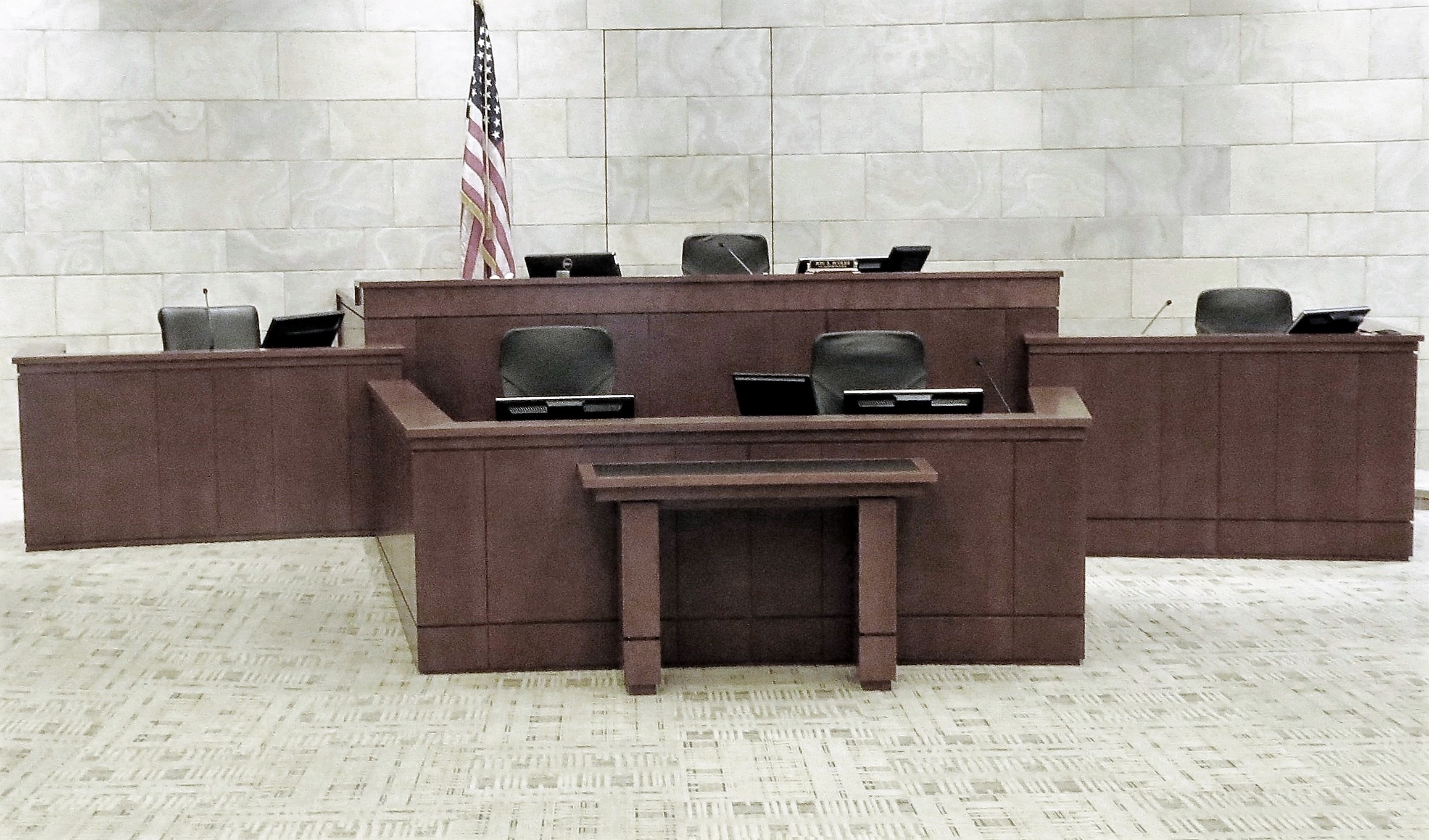Keith Fentress
Keith Fentress is the founder and president of Fentress Incorporated, bringing a wealth of expertise in assessment, planning, and space programming projects. His professional strengths encompass change management, program evaluation, and business process improvement, reflecting his commitment to delivering innovative and effective solutions. Outside of his professional endeavors, he is passionate about adventure travel and enjoys outdoor activities such as hiking with his dogs, canoeing, and snorkeling.
In my previous courthouse posts, I discussed artwork's role in supporting the American courthouse as a symbol of the rule of law and creating a long-term cultural connection with the American public. Today, I will discuss another vital role of courthouses as a generator of economic development for...
As a courthouse planning consultant, I spend considerable time attending meetings and conducting on-site assessments in courthouses. I am never surprised by my consistently positive interaction with knowledgeable and conversant judiciary members. I am also never surprised by historical and...
This is the first in a series concerning applying accessibility requirements in courthouses. I will begin by addressing reconciling courthouse entrance accessibility standards in courthouse planning with the preservation objectives and constraints posed by existing conditions in older historic...
The corporate world has embraced the concept of reducing office space for many years. Office spaces are being designed for the mobility and flexibility of today’s technology-enabled worker. Modern design concepts can take many forms such as sharing workstations (having fewer workstations than...
A common issue in courthouses is how to fit an additional courtroom into an existing space. This issue is often difficult to address as many courthouses need more space. The following decision tree applies logic to assist courts in identifying space for a new courtroom fit during the courthouse...









.jpg)


.jpg)
-1.jpg)
.jpg)
.jpg)
.jpg)
.jpg)
.jpg)
.jpg)

